Citroen's Famed Hydraulic Suspension Rides Comfortably Into The Sunset
The suspension setup known for helping to save the life of late French president Charles de Gaulle will soon join him in the pages of time.
Citroen’s famous hydraulic suspension is being discontinued by PSA Peugeot Citroen, Reuters reports, and will self-level its last car when the current C5 sedan concludes its production run.
The discontinuation of the decades-old system, which combined a hydraulic pump with several nitrogen-filled pneumatic spheres to deliver a ride unmatched for decades, is part of CEO Carlos Tavares’ ongoing cost-cutting actions throughout the company. A source close to the Tavares says he believes other modern suspension systems can offer a comfortable ride just as well as the one under classics like the DS and SM.
Speaking of the DS, the hydraulic suspension under the DS of de Gaulle helped the car’s driver maintain control during an assassination attempt in 1962, where 12 gunmen killed two of the president’s motorcycle guards, as well as shot out two of the DS’ tires. In spite the assassins’ efforts, de Gaulle and his wife survived.
Similar systems were implemented by Rolls-Royce, Mercedes and Audi, but few others took the legendary setup beyond Citroen’s assembly lines.
[Photo credit: Davide Oliva/ Flickr/ CC BY-SA 3.0]
Seattle-based writer, blogger, and photographer for many a publication. Born in Louisville. Raised in Kansas. Where I lay my head is home.
More by Cameron Aubernon



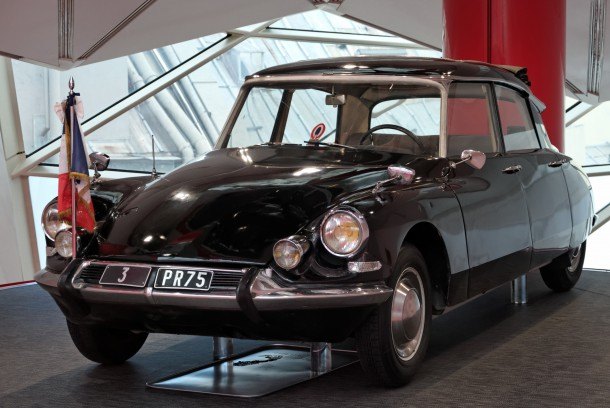













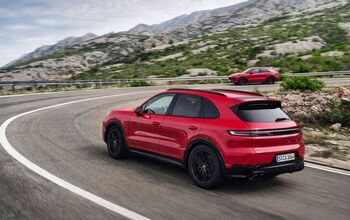
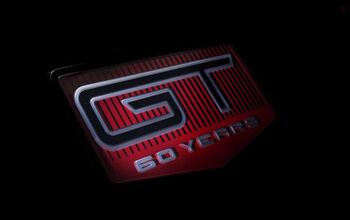
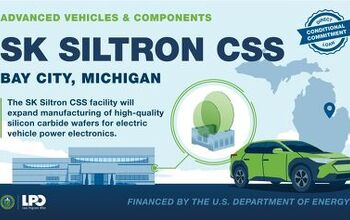
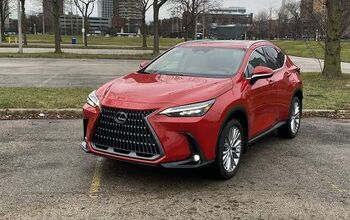
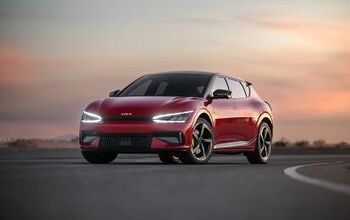
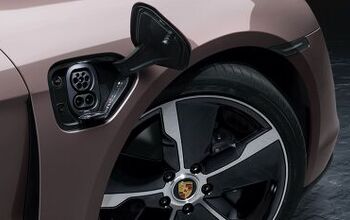
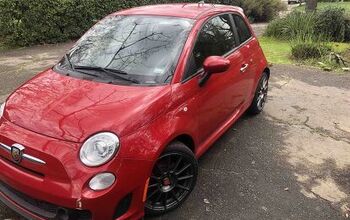



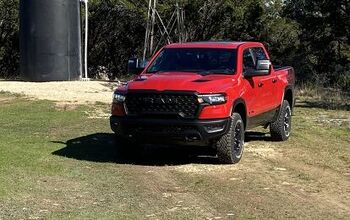

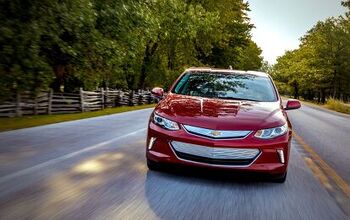

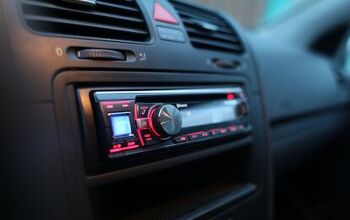


Comments
Join the conversation
Active suspensions, whether pneumatic, hydroneumatic or magentic or whateveyou are a warranty and reliability nightmare. Using it on anything but high end cars puts Citroen at a cost disadvantage, so I'm not surprised they're ditching it.
"where 12 gunmen killed two of the president’s motorcycle guards, as well as shot out two of the DS’ tires." This driver, he deserved a large medal and lots of money.
It's a cool system and an industry trademark, but let's face it: The French probably shouldn't build anything with with that much propensity for breakdown.
Ah yes, take away literally the only feature that would make me want a Citroën. That'll work.